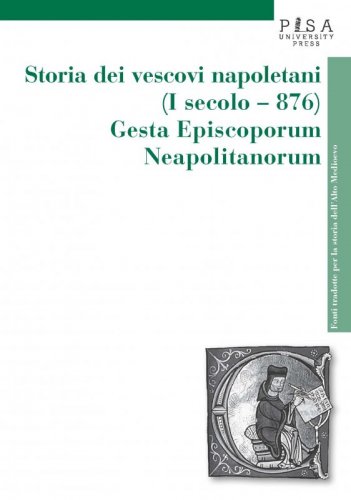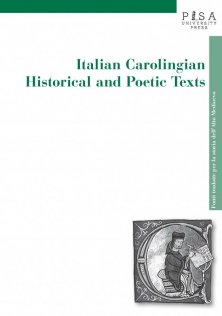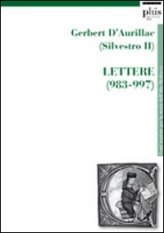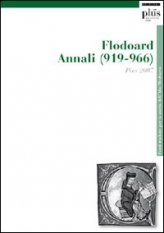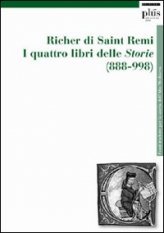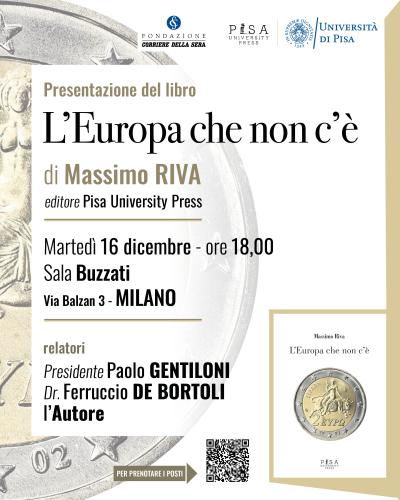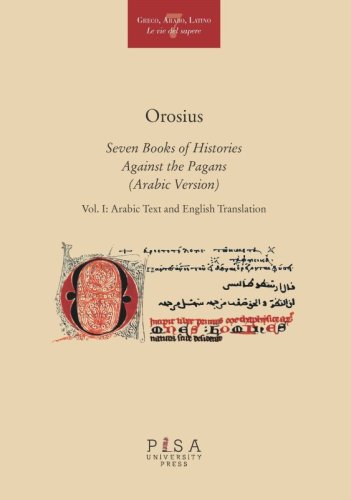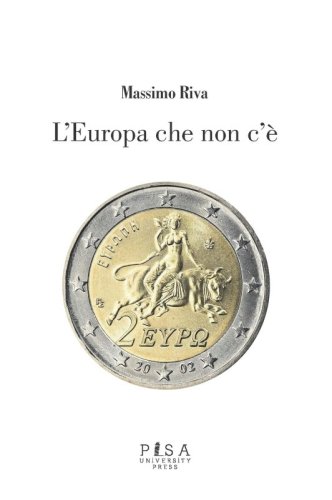The ninth century represents a pivotal period for early medieval narrative sources. Despite the absence of great authors comparable to Gregory of Tours, Bede, and Paul the Deacon, who had been capable of developing far-reaching works, historical writing in this period fl ourished remarkably. The renewed attraction to this genre, only partially explained by the so-called “Carolingian Renaissance”, marked an important step towards the cultural expansion of the following centuries and was a signifi cant indication of a world that was redeveloping and pondering over its own experience with growing self-awareness. Italy too, though different from the rest of Europe in many ways, followed this trend. In the case of the Italian peninsula, its political fragmentation—created by Charlemagne’s conquest of a part of the Lombard kingdom and the weakening of the Byzantine Empire—also favored the production of historical writing focused on local events. This volume presents a detailed introduction to all the historical texts composed in Northern and Southern Italy during this century, thus shedding some light on little-known texts and offering an important contribution for a better understanding of ninth-century Italian history.
Biografia dell'autore
Luigi Andrea Berto
Insegna storia medievale presso la Western Michigan University (USA). I suoi principali ambiti di ricerca sono l’Italia altomedievale e Venezia nel Medioevo. Le sue principali pubblicazioni sono: In Search of the First Venetians (2014), The Political and Social Vocabulary of John the Deacon’s ‘Istoria Veneticorum’ (2013) e l’edizione e traduzione di Erchemperto, Ystoriola Longobardorum Beneventum degentium (2013) e Giovanni Diacono, Istoria Veneticorum (1999).





